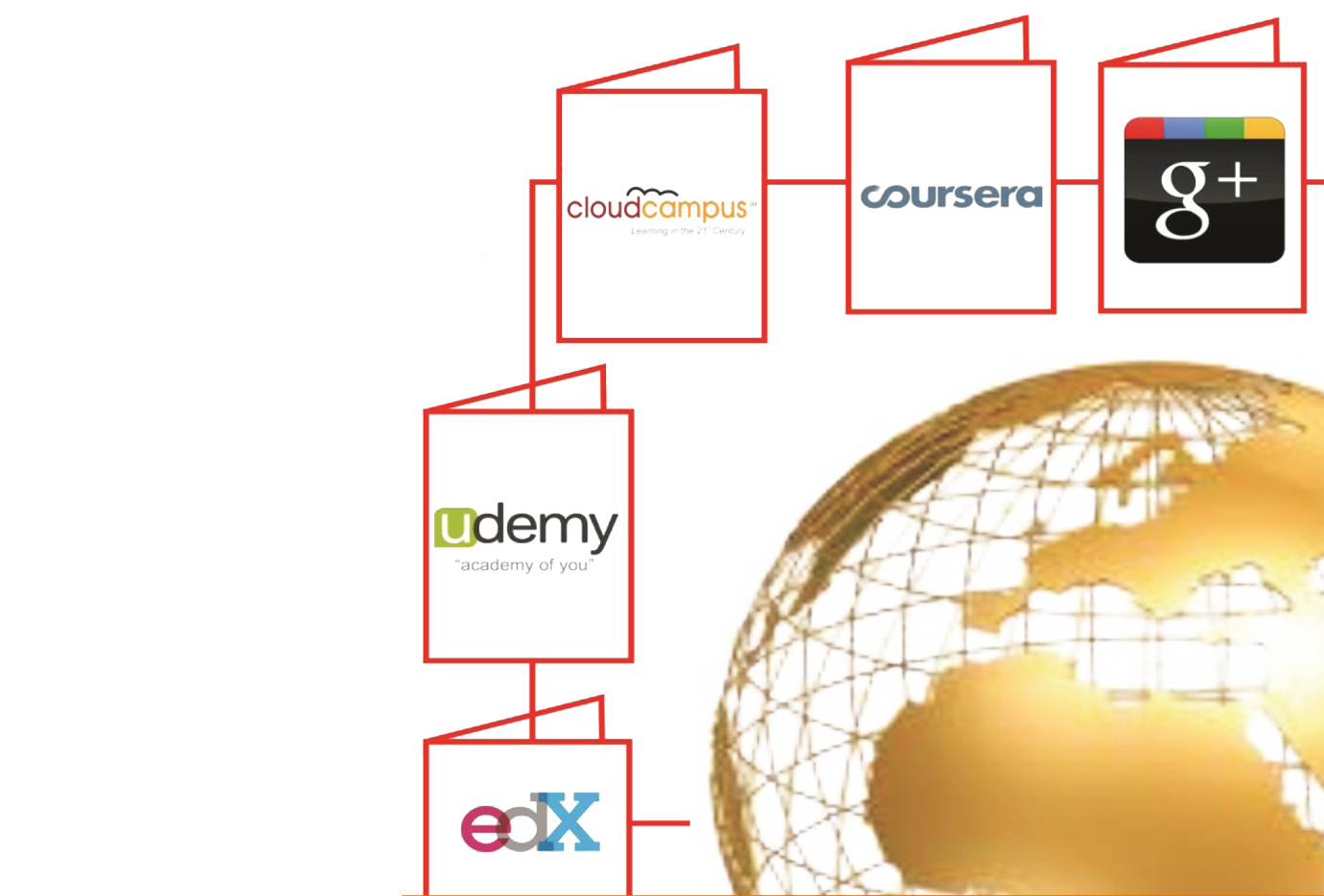The Commonwealth of Learning has been interested in Massive Open Online Courses (MOOCs) from three perspectives: i) cutting through the hype to examine the potential of MOOCs for increasing access to higher education in the developing world; ii) harnessing the technology to scale up continuing professional development and training opportunities and iii) making sense of MOOCs for the Open and Distance Learning community. Based on our philosophy of promoting ‘learning for development’, COL decided to test the waters and run a MOOC (or was it a LOOC, that is, a Large Open Online Course?) with a developing world partner institution.
COL and IIT Kanpur (IIT-K) operated a MOOC on ‘mobiles for development’, covering technology as well as agriculture, mobile learning, inclusive finance and banking. This interdisciplinary open course attracted 2282 registrants from 116 countries, 62% of whom were active participants. More than 2100 of the registrants were from developing countries and nearly 500 were from the Africa, Caribbean and Pacific (ACP) regions (interestingly, two small island nations, Mauritius and Grenada, accounted for close to a 100 participants each). There were no pre-requisites or barriers to entry. At the end of the six-week course over 400 participants completed the course and will receive certificates of completion. IIT-K Centre for Continuing Education will count this certificate towards credit.
A survey showed that more than 90% of the participants were interested in the course content and opportunities for interaction with mentors and peers and not necessarily in the certificate alone. The course team comprised faculty from IIT, which is a research university, and from Athabasca, an open university, besides staff of COL and India’s National Institute of Banking Management, a training institute for banking personnel. Although there were no prescribed standards for pedagogy, all self-instructional materials were delivered as “granules”, based on good distance learning practice. Participants found the course content, the delivery and the support services highly satisfactory and fit for purpose. Analysis of online discussions showed that participants greatly valued the quick response from the course team which covered 18 time zones. Groups of learners with limited Internet access received materials on DVDs to enable them to watch the videos offline and to participate in the online discussions in real time. DVDs were despatched to groups in Sierra Leone, Zambia and Nepal. The course materials, comprising existing OER and new content, are now available as OER.
In terms of technology, MOOC platforms offer a new opportunity to developing world institutions to integrate many useful features at scale. Scalability is key when it comes to enabling access to hundreds of thousands of users. Educational institutions have struggled with campus-based computing arrangements which were not meant to serve large numbers at any given time. The recent availability of Open Source MOOC platforms is an important development with Open edX alone having attracted over 3000 developer commitments within six months of launch. Several choices are now available. Sakai, an open source LMS, hosted in a cloud service, was used for this MOOC4D. Features and functionalities for testing and assessment (including grading) are available on these platforms and continue to improve.
MOOCs, in light of this, are best viewed as a new technology in education which allows large-scale multiple interactions simultaneously, among peers and mentors. A MOOC may be viewed as an online event where interaction takes precedence over instruction and learning rather than teaching, becomes the central paradigm. In fact, MOOCs are a natural progression in the evolution of open and distance learning.
In which ways can the ODL community benefit? One, the MOOC platform can help us reach large numbers of learners more effectively—especially in the mega universities where materials production and dispatch is such a massive and time-consuming operation. Two, improve the quality of provision through the use of Learning Analytics, a component of the MOOC platform, to improve teaching-learning by providing more personalised and customised learning pathways. The data generated through the Learning Analytics can serve to develop effective and flexible systems for credit transfers and the recognition of qualifications. Three, adopting MOOC technologies can help ODL institutions provide more effective and rigorous registration control and testing services through existing contact centres.
With MOOCs, ODL may gain new constituencies. In the seventies and eighties, ODL institutions were quick to harness the new technologies of radio and television to fulfil their social mission. Similarly the opportunities provided by the web became available in the nineties and were quickly adopted to serve newer constituencies. Over the years, ODL adapted quickly to emerging technologies as they became available. The ODL community has always been at the cutting edge of adopting new technologies. It must now reclaim its pioneering spirit and seize the MOOC opportunity.

